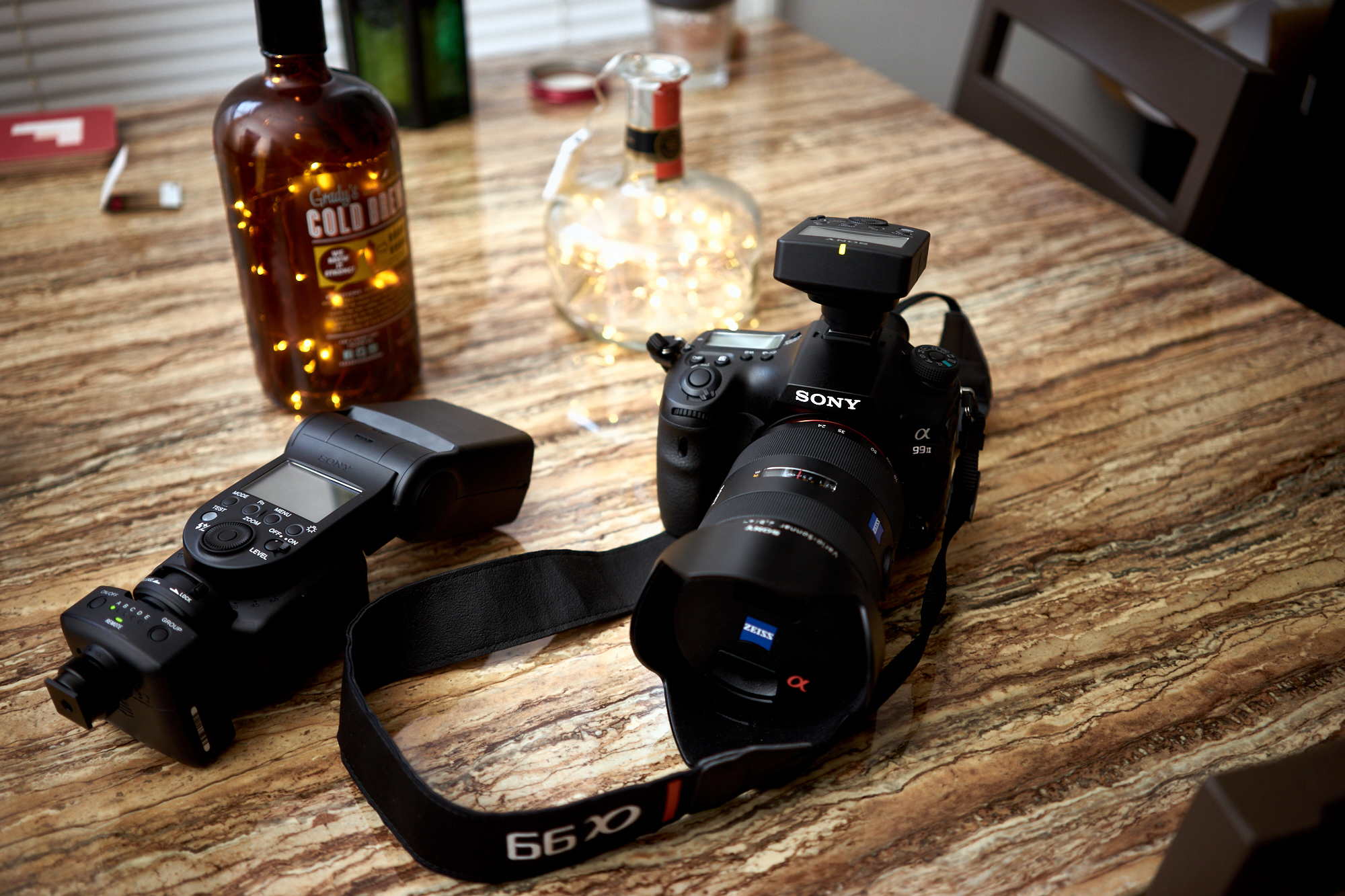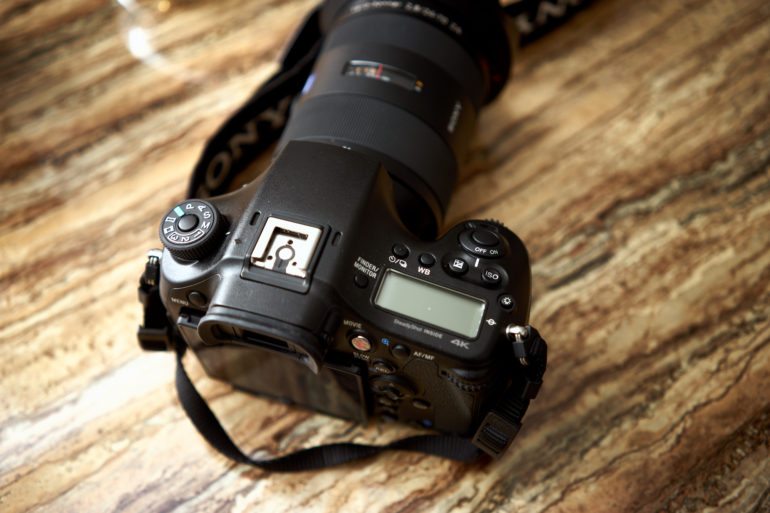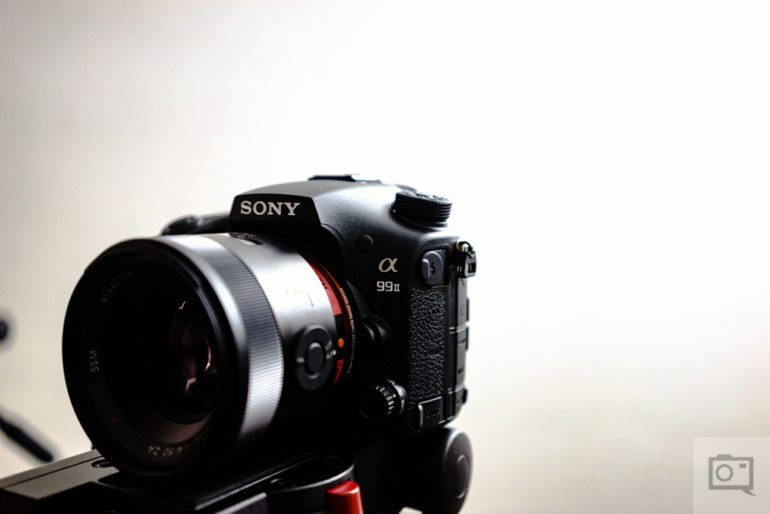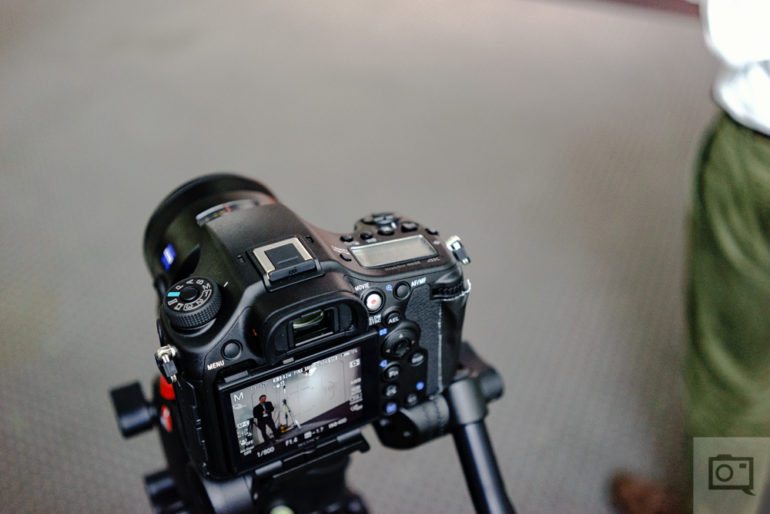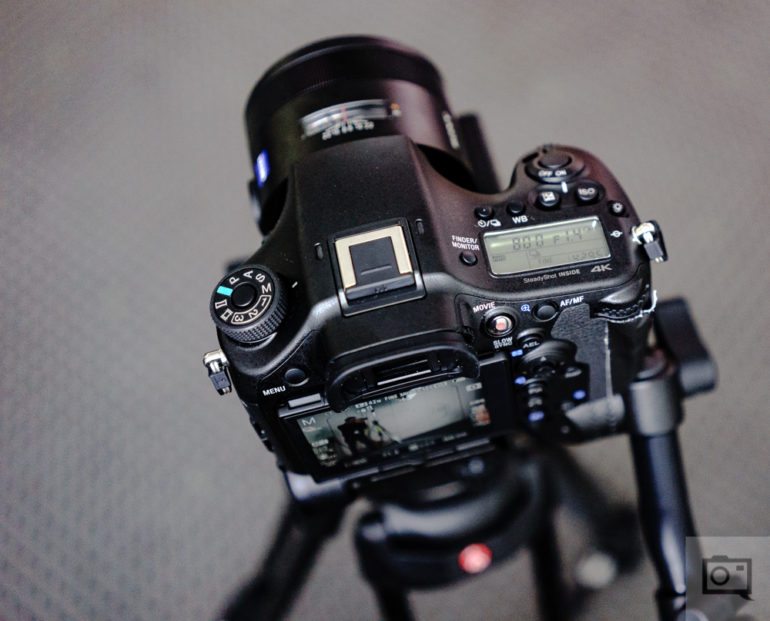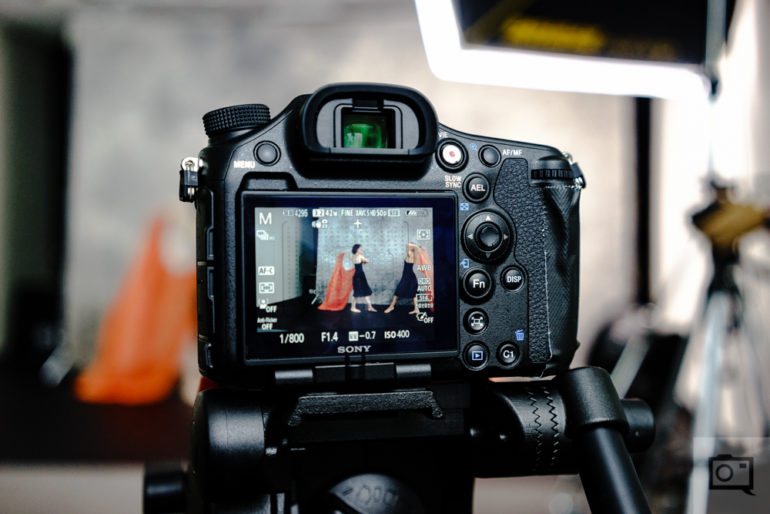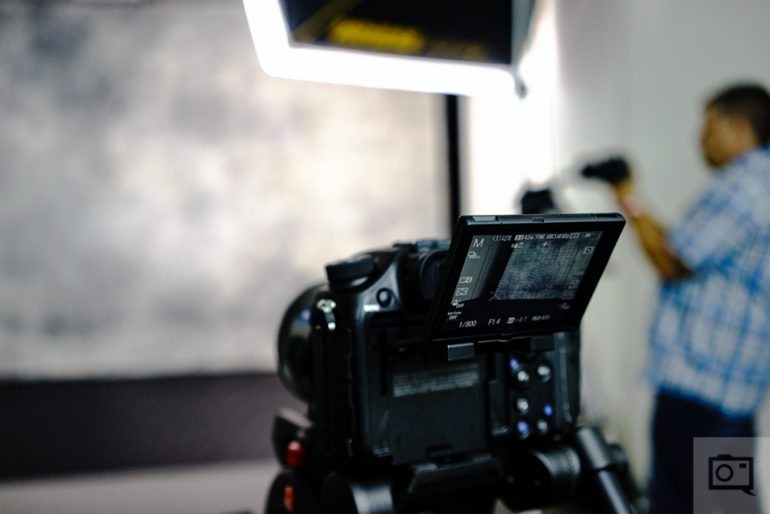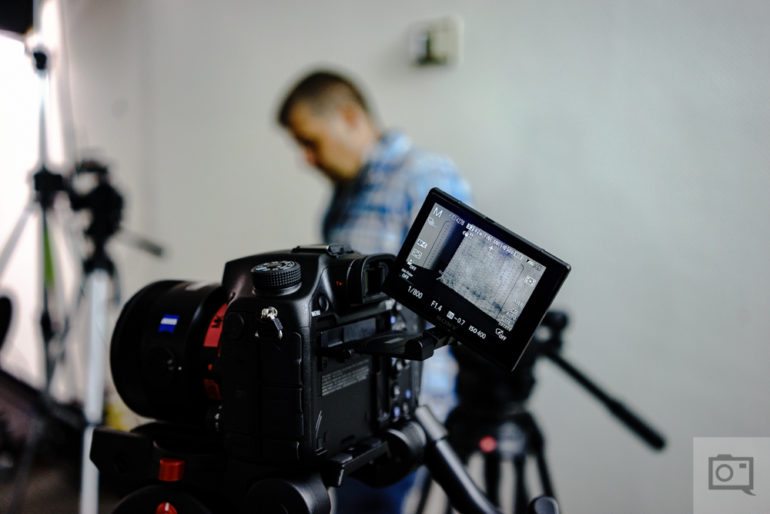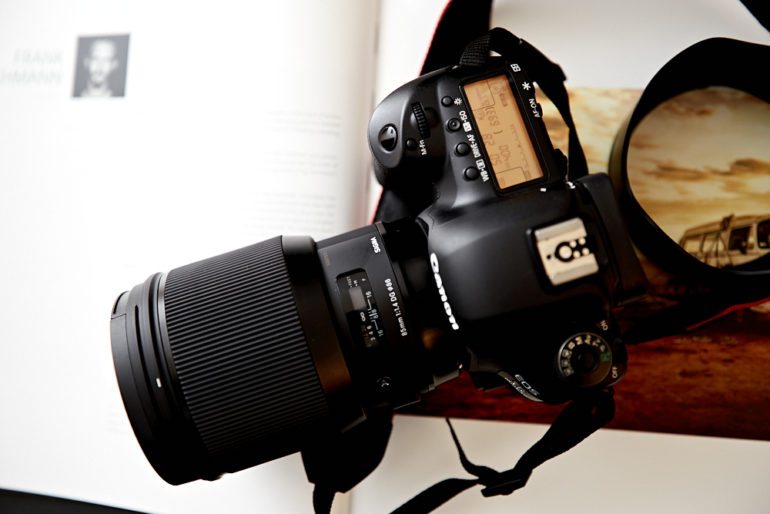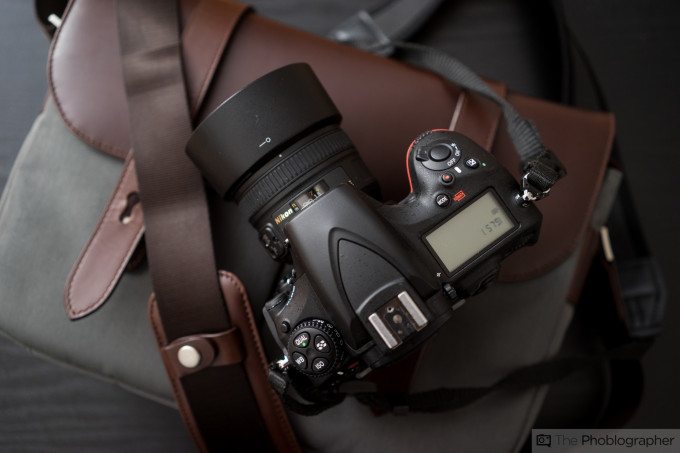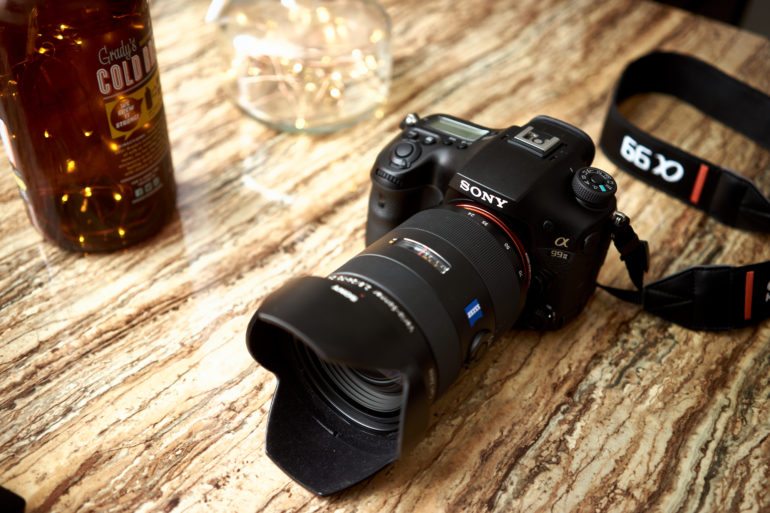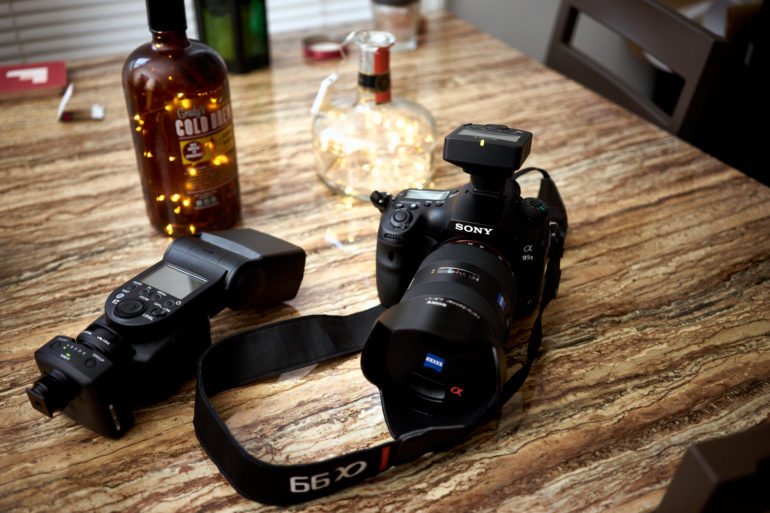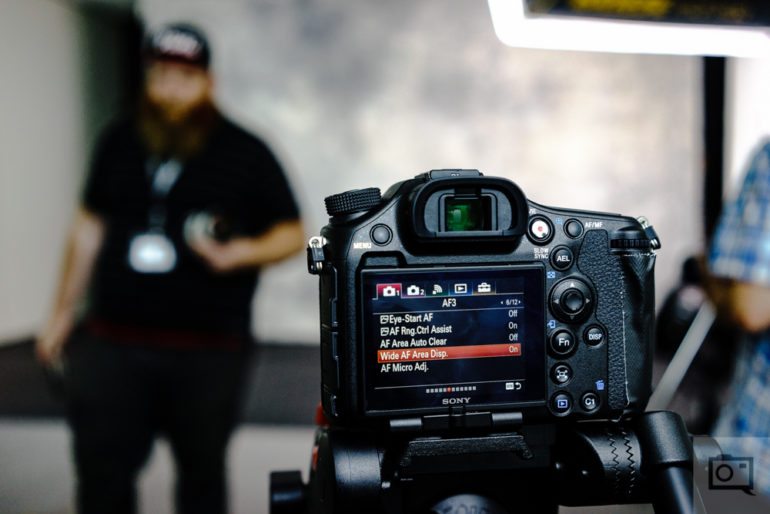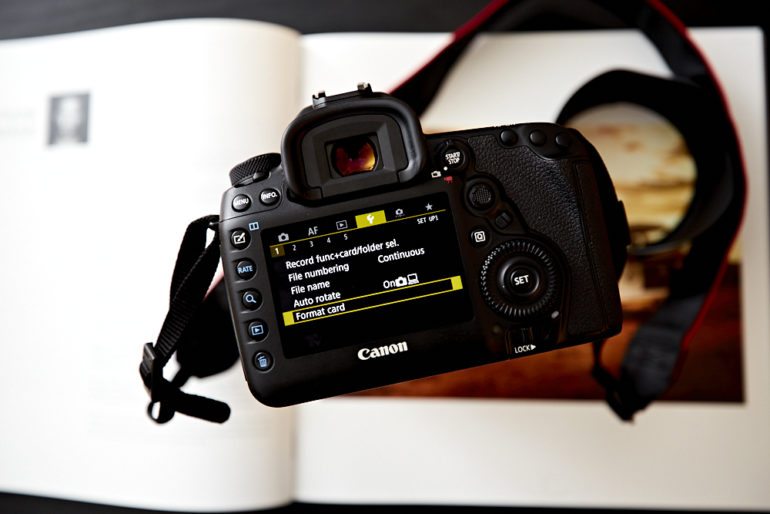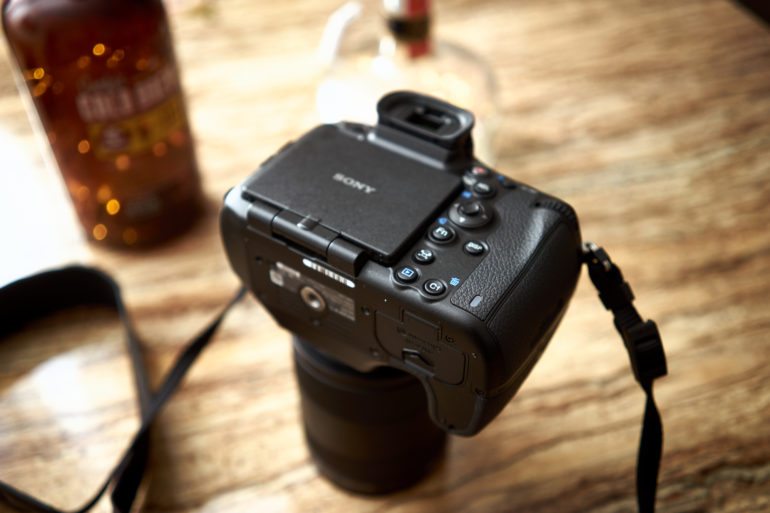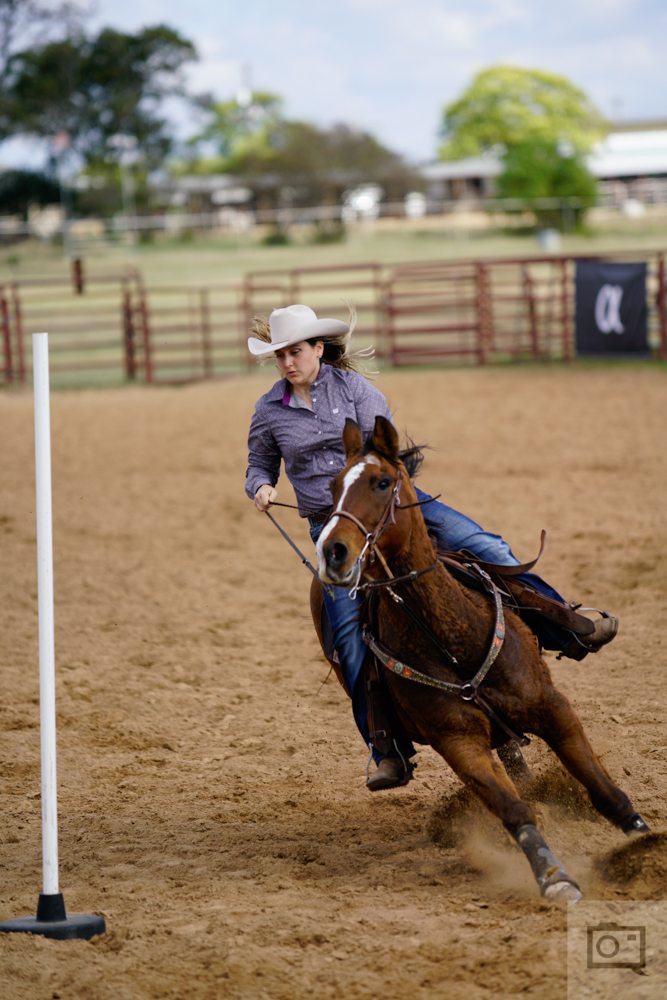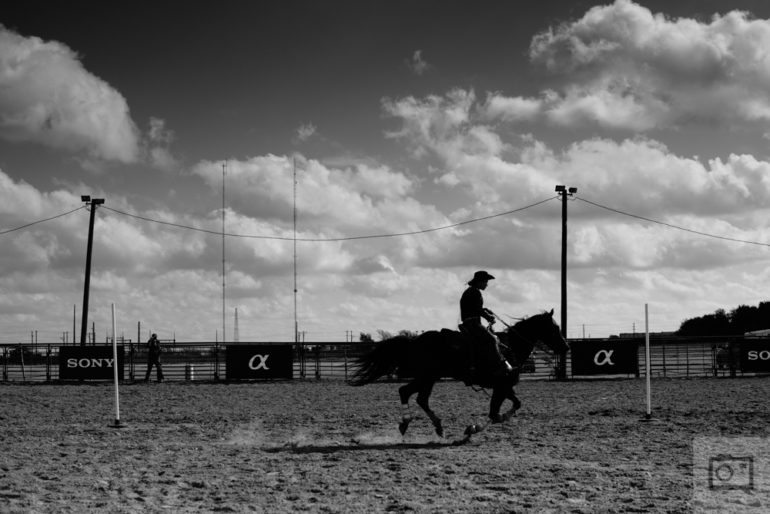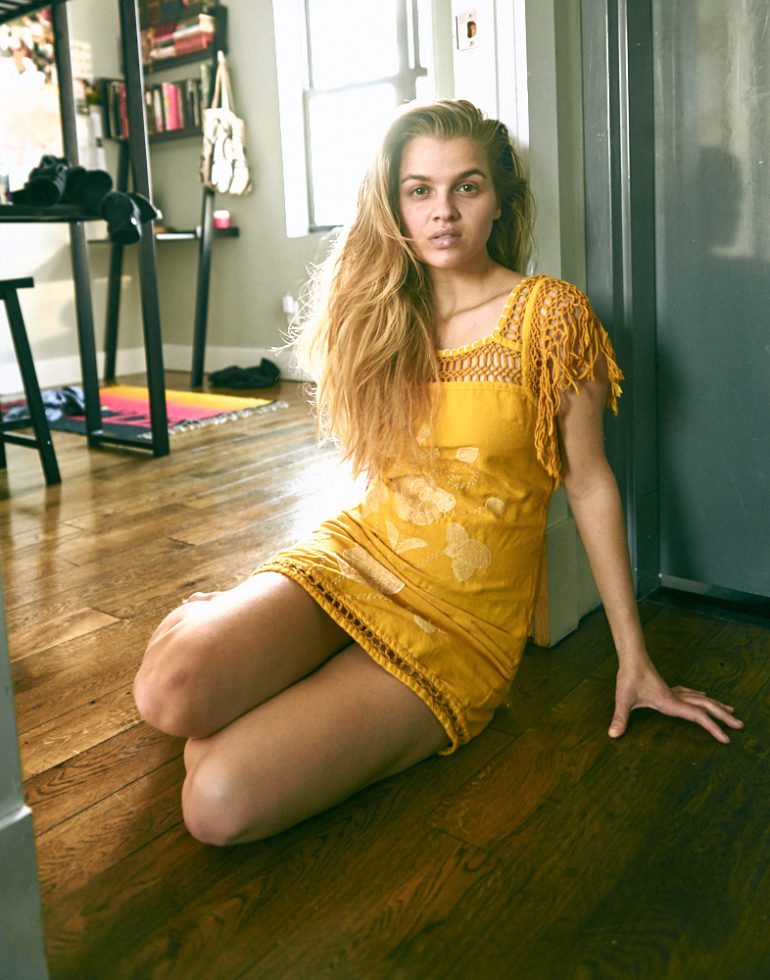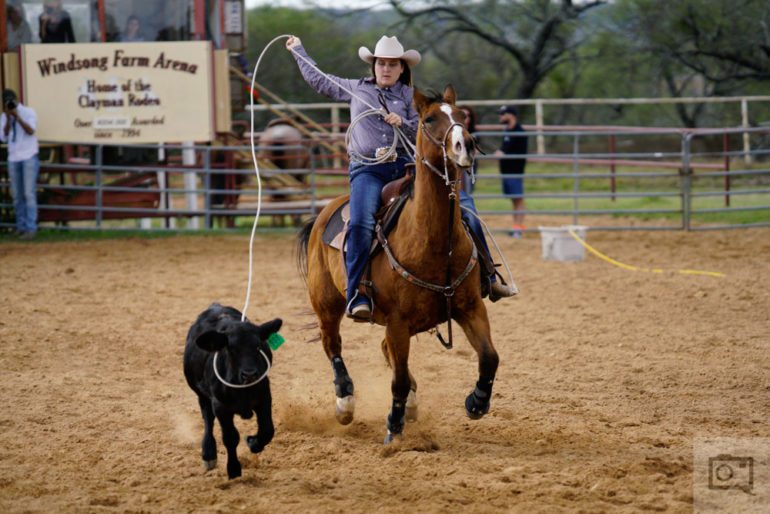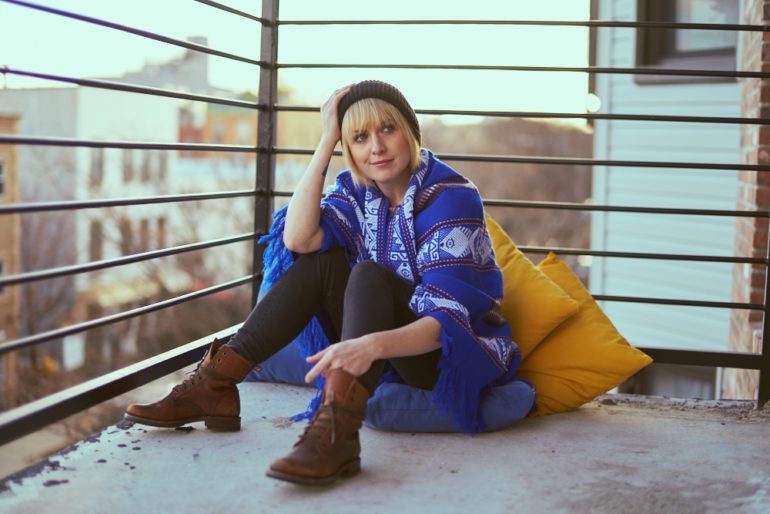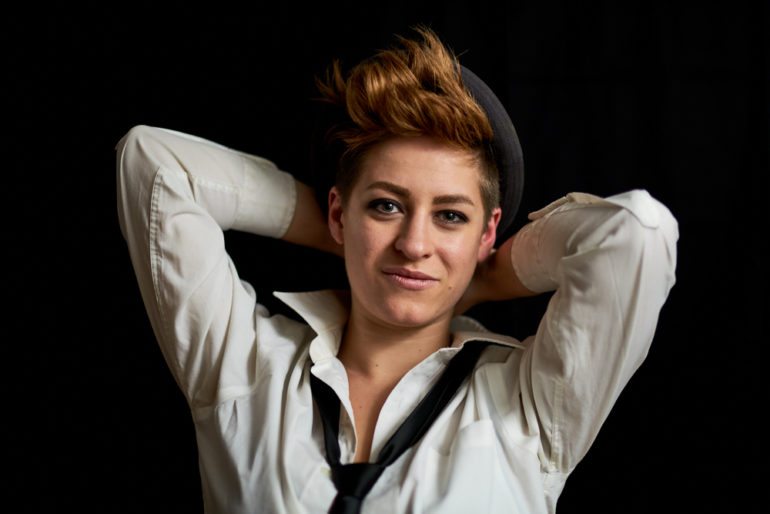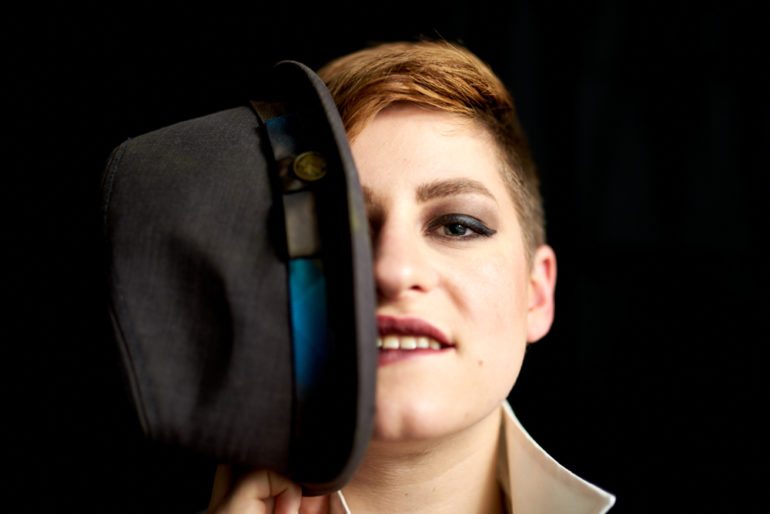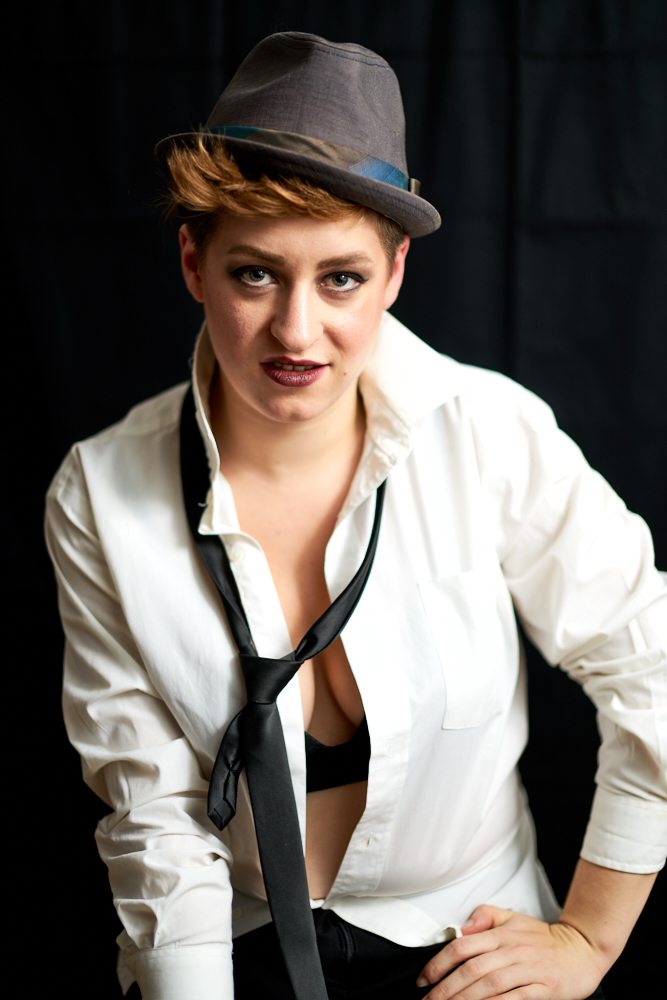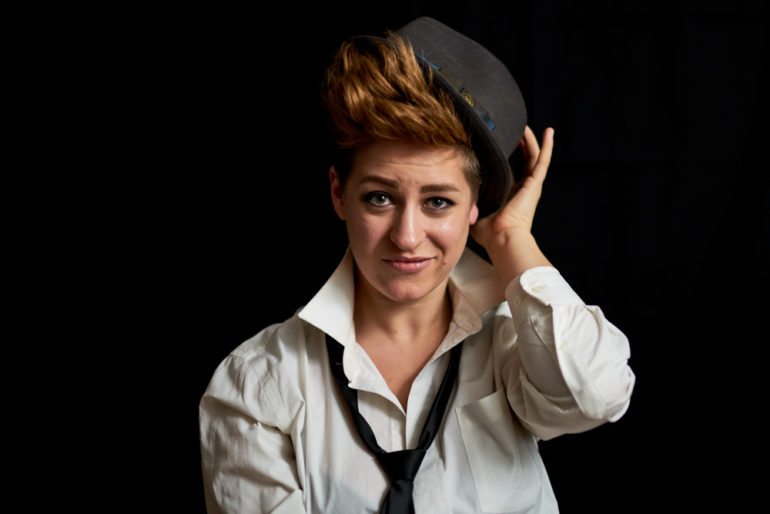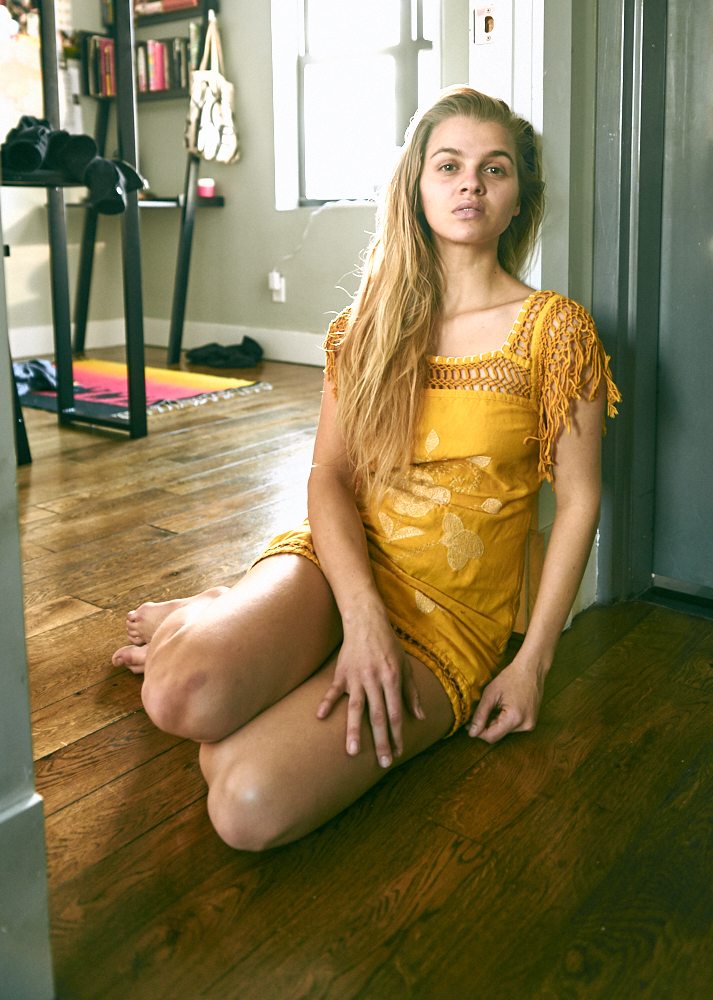Last Updated on 05/25/2017 by Chris Gampat
In some ways, it perplexes me that Sony still has the a99 and Alpha series of cameras. Sure, they’re from the Minolta days and have a heritage behind them, but admittedly the company doesn’t push them anywhere as hard as they do their E mount lineup. I wish they did though–Minolta was at one time one of the most important camera companies in the world. So if you look at the Sony a99 II and trace its evolution, you honestly won’t see a whole lot of that heritage sans the mount. But this could arguably also be said for the original a99 with the new hot shoe. In all honesty though, that choice was for the better.
The Sony a99 II is a camera packed to the brim with technology. If you’re not convinced by the high megapixel full frame sensor, then you’ll be shocked to know it’s also capable of shooting sports and fast motion very well with its highly improved autofocus system. Indeed, this is the best that Sony can deliver.
I had less than a month of time with the Sony a99 II. It’s targeted at the professional photographer, though if you look at its competitors you can see that both Canon and Nikon still have certain advantages over it.
And if you put them all side by side, I’m still not sure which one truly comes out on top.
Pros and Cons
Pros
- Incredible autofocus
- Very versatile RAW files
- Nice feeling in the hand
- The best battery life of any Sony camera ever made
- Ergonomic controls are really nice
- 4K video is a nice addition
Cons
- Why the hell isn’t Tungsten white balance a thing on this camera but is on the RX100 V? For studio work, it’s critical.
- Sometimes hard to see the autofocus points in the viewfinder. It would be nice if you could change their color.
- Big and heavy. Not recommended with lenses to be stored in a messenger bag.
Gear Used
The Sony a99 II was tested with the Impact Venture TTL 600 watt second flash system, the Sony 50mm f1.4 Zeiss, 135mm f1.8, 24-70mm f2.8, 70-200mm f2.8, and Sony’s own wireless flash radio system.
Tech Specs
- Ultra-Fast 4D FOCUS with 79 hybrid cross AF points
- 12 fps continuous shooting
- High Resolution 42.4 MP Exmor R CMOS sensor
- 5-axis in-body image stabilization and more
- Without Lens
- Full Frame Camera
- GPS
- 12.0 fps continuous shooting
- 4K
Ergonomics
Taken from our first impressions post
Ergonomically speaking, Sony took advantage of the fact that they have an significantly larger amount of space to play with when designing and working with the Sony a99 II. For starters, you’ll find a few dials and buttons on the front of the camera. The most important is this area down near the bottom front where you’ll see a dial. There is a button and a switch here that makes it clickless if you’d like. Turning the knob after pressing the button in the center lets you control a parameter choice of your programming.
Much of what you do to operate and work with the camera is done via the back and the top of the Sony a99 II. This is very much just like any other DSLR system that you find out there.
The top of the camera is characterized by the fact that you find a mode dial, a giant LCD screen, Sony’s multi-interface shoe, and a few other controls. You’ll spot white balance, drive, and ISO control here–much different from the a7 series of cameras, especially when you consider the giant LCD screen.
On the back of the camera, you’ll find another giant LCD screen with buttons primiarily placed for right handed use. Indeed, this just makes sense overall. Some of the major highlights here are the menu button on the top left, the joystick controller (which feels like it should be slightly higher), function buttons, and a few other custom function buttons.
There is also the EVF.
The LCD screen tilts out like the previous one did on the Sony a99. But this time around, it can’t be placed right on top of the camera for when you want to shoot from the hip.
Instead, the screen tilts out and then on a three way axis to move around. It’s a bit weird but useful and I’m sure that in use for more than 15 minutes it will make sense.
In Comparison
This camera’s closest competitors are the Canon 5D Mk IV and the Nikon D810. For what it’s worth, Sony has the best viewfinder but I’m able to see Canon’s autofocus points the easiest. Sony’s camera is more boxy in feeling but still makes for a nice ergonomic experience–if not for one that looks like it has the broadest shoulders.
This is where I’m very torn. For years, I’ve been a Canon DSLR shooter. I simply enjoy the layout of their buttons more and more. With the 5D Mk IV, I feel like Canon returned to a camera that feels like the Mk II–my absolute favorite digital camera of all time. There are things that sort of don’t make sense to me, but the same goes for the Sony and the Nikon cameras.
Overall though, my favorite ergonomics are tied between Canon and Sony. That’s not to say that Nikon doesn’t do well; it’s just not for me.
Build Quality
The overall feel of this camera is very solid. Though it looks a bit funny, when you pick it up and hold it it feels very nice in the hand. This grip is one of the few that I really, really like. There are dials just where you need them; but I seriously think if you’re coming from the E mount system that this camera will be a big adjustment. If you’re a DSLR shooter, then it’s sort of like using both Canon and Nikon at the same time.
In Comparison
Sony’s weather sealing can’t stand up to Canon or Nikon’s when it comes to their camera bodies. Period.
Real World Use
The Sony a99 II is an interesting experience. It’s a mish mash of their mirrorless camera system and DSLRs. Take a lot of their mirrorless technology, crash it into a DSLR body, and then add more buttons and dials and you’ve got something like this.
One of the nicest things about the a99 II is the addition of a joystick for picking an autofocus point–which the a7 series desperately needs. But one of the worst things is trying to get Eye AF to work logically. You basically need to focus with the shutter release button and then press the AF lock button each time. It’s weird.
Focusing and shooting otherwise though is a relative breeze once you’ve got your settings all figured out and squared away.
What you may not like though is the menu system. By far, it’s the deepest and most complicated of all three major DSLR systems.
In Comparison
This one needs to go to Canon again. The touchscreen on the 5D Mk IV makes navigation A MILLION TIMES BETTER! After years of giving Canon grief I never thought I’d be saying this.
Autofocus
Here’s where Sony is really taking the cake. In the entire time I used the camera, it maybe misfocused once. That’s it. Canon and Nikon are no slouches either, but the tracking AF on Sony is faster and more accurate.
For years, both Canon and Nikon beat Sony. But this time around, Sony is winning at autofocus speeds over more traditional DSLR cameras.
In Comparison
Where Canon and Nikon seem to win is in autofocus situations using absolutely little light and strong backlight. Even then, Sony gets the target but not as fast.
Metering
Sony’s metering system seems to work just fine with the good old Sunny 16 metering standards. That’s nice!
Image Quality
The Sony a99 II is capable of delivering really incredible images. It’s more or less the same sensor that’s in the Sony a7r II, but the processor is a bit different. Pixel for pixel, the a7r II can deliver better image quality at both high ISOs and in the versatility of the RAW files. But most people probably wouldn’t be able to tell the difference between the images from each camera.
Still though, it delivers image quality that professionals will appreciate for sure.
JPEG Quality
JPEG image quality from the a99 II is very good. I’d still give Fujifilm the advantage here, but if you’re looking to throw a quick photo onto Instagram, the a99 II won’t disappoint for sure.
RAW File Versatility
The Sony a99 II is capable of getting a lot of details from the highlights but you’ll all in all pull more from the shadows. On top of that, you’ll get fantastic colors. To maximize this though, I generally set the white balance manually and then pull the images into Capture One 10 to get everything I need.
High ISO Output
Here’s where the image quality may start to fall apart. In the darks, you’ll start to see more noise than you’d like in the shadows at 1600. But it’s recoverable in Capture One 10. The RAW files are also versatile enough to be able to have little to no issues when trying to nerf the noise. Overall, they’ll require more work than with the a7r II.
When printing images with the Canon Prograf 1000, you can get usable prints at up to 1200 ISO when printing at 11×17. But if you’re doing an 8×10, you can get photos that are pretty darned good at ISO 1600. But overall, you’re still absolutely best off not going above ISO 800.
Extra Image Samples
In Comparison
Both Canon and Nikon deliver better high ISO results, but neither deliver the depth of color or highlight recovery that the Sony a99 II can showcase. That makes the cameras overall as a give and take. They should expose scenes differently as a result.
Conclusions
Likes
- Great ergonomics
- Fast autofocus
- Reliable body for work
- Great battery life for a Sony camera
- Fast FPS capabilities
- Lots of great lenses available.
Dislikes
- A few button placements are a tad odd.
The Sony a99 II is a camera that is targeted at professional photographers, but will probably be more appreciated by the high-end enthusiast and the semi-professional. Part of this has to do with the durability not being as good as Canon or Nikon’s. But as it is, all three brands have great third party support and first party support when it comes to flashes and lenses. Where the Sony a99 II takes the front at is with autofocus, image quality, fast fps shooting, and other features abound. Sports photographers and photojournalists will seriously appreciate this.
All in all, very little is really terrible about the a99 II. In fact, I’d say nothing is terrible per se. It just still sort of perplexes me. Why? I thought Sony was done with the Alpha system, but if they aren’t this makes me genuinely very excited to know that they’re going to continue with the system. Perhaps that also means both the E mount and A mount systems will receive more love accordingly.
The Sony a99 II receives five out of five stars. Want one? It’s about on par with the price of its competitors.


